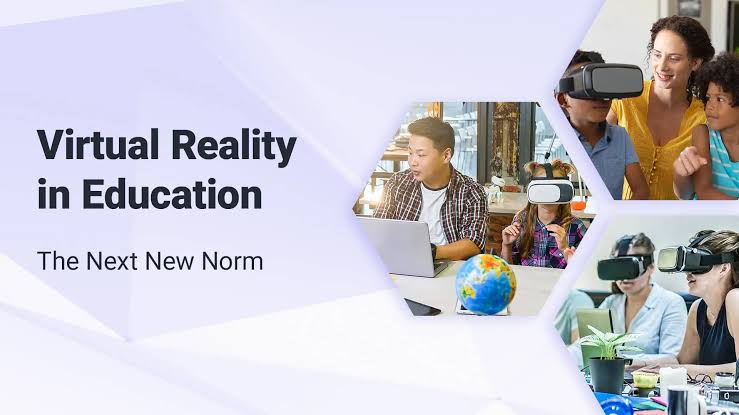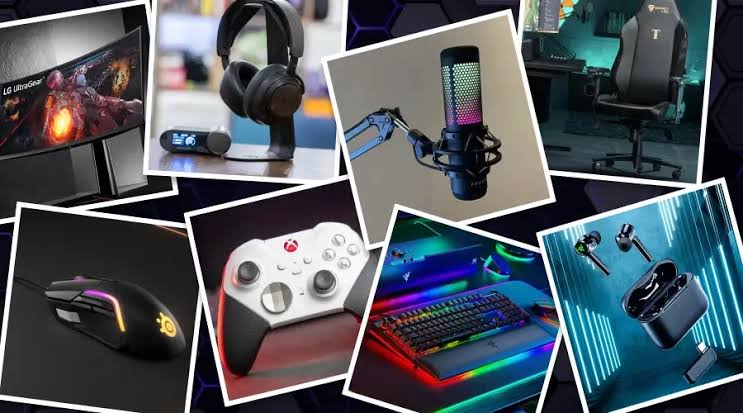Virtual reality (VR) has grown beyond its initial perception as a tool for gaming and entertainment, becoming an important innovation in education. As technology advances globally, VR gadgets are increasingly being adopted in classrooms, universities, and online learning platforms. The immersive nature of VR allows learners to engage with content in ways that traditional teaching methods cannot achieve. Looking ahead, the future of VR gadgets in education is expected to be transformative, bridging gaps in accessibility, engagement, and experiential learning.
Immersive Learning Experiences
One of the most significant advantages of VR gadgets in education is their ability to provide immersive learning environments. Instead of simply reading about historical events or scientific theories, students can experience them in a virtual setting. For example, learners could explore ancient civilizations, walk through the human body, or conduct complex chemistry experiments without physical risk.
As VR gadgets continue to evolve, future devices will likely offer even more realistic simulations with advanced graphics and responsive environments. This will make the learning experience more engaging, helping students to retain information better and apply knowledge in practical contexts.
Accessibility and Remote Learning
The rise of online education has already changed the way students access knowledge, and VR will push this further. Future VR gadgets will provide opportunities for students from different parts of the world to attend virtual classrooms. With a VR headset, a student in Africa could join a live science lab session hosted in Europe, participating as though physically present.
As hardware becomes more affordable, VR gadgets will reduce barriers to quality education. Remote learners will have equal access to immersive lessons, virtual labs, and interactive group activities. This global reach has the potential to reduce inequalities in education and ensure that learners everywhere can benefit from the same resources.
Personalized Learning Paths
Every learner has different strengths, weaknesses, and paces of learning. VR gadgets of the future will support personalized education by adapting to individual needs. Through artificial intelligence integration, VR systems will analyze how a student engages with lessons and adjust content delivery to match their understanding level.
For example, if a student struggles with a mathematical concept, the VR system could provide additional simulations, interactive problem-solving exercises, or step-by-step tutorials. This personalization will make education more effective and reduce the one-size-fits-all limitation of traditional teaching methods.
Virtual Laboratories and Simulations
Science and engineering fields often require hands-on practice, but access to physical labs can be limited due to costs or safety concerns. VR gadgets are set to solve this problem by creating virtual laboratories where students can experiment without risks.
In the future, more sophisticated VR gadgets will allow learners to simulate chemical reactions, practice surgical procedures, or design engineering prototypes in highly realistic virtual environments. This will prepare students for real-world applications while ensuring safety and reducing institutional costs.
Collaboration and Social Learning
Education is not only about individual learning but also about interaction with peers. VR gadgets will foster collaborative learning by creating virtual classrooms where students can work together on group projects. These shared virtual spaces will make learning more interactive and social, even for remote students.
In the coming years, VR gadgets may incorporate advanced avatars, facial expressions, and gesture recognition, making communication in virtual classrooms more natural. This will bring a sense of presence and community that video calls alone cannot provide.
Teacher Training and Professional Development
VR is not only beneficial for students but also for educators. Future VR gadgets will play a major role in teacher training by allowing educators to practice classroom management, teaching strategies, and lesson delivery in simulated environments.
For example, a trainee teacher could practice managing a virtual classroom filled with different student personalities. This will prepare educators for real-life situations and improve teaching quality across institutions.
Cost Reduction in Education
While the initial investment in VR gadgets may seem high, future innovations are expected to make them more affordable and cost-effective. Institutions will save money by using virtual labs instead of building physical ones and by offering virtual field trips instead of expensive travel.
Over time, as VR gadgets become mainstream, their affordability will allow even small schools and universities to integrate them into teaching, reducing educational costs for both learners and institutions.
Integration with Augmented Reality and Artificial Intelligence
The future of VR gadgets in education will not exist in isolation but will combine with other emerging technologies. Augmented reality (AR) will complement VR by overlaying digital information onto the real world, while artificial intelligence will personalize content delivery.
Together, these technologies will create hybrid learning environments where students can seamlessly move between virtual simulations and real-world applications. This integration will enhance both engagement and knowledge retention, shaping a new era of education.
Conclusion
The future of virtual reality gadgets in education holds immense potential to revolutionize how people learn and teach. By offering immersive experiences, personalized learning, collaborative classrooms, and virtual laboratories, VR will make education more engaging and accessible.
As the technology advances, VR gadgets will become more affordable, user-friendly, and integrated with AI and AR systems, ensuring that learners and educators benefit from smarter, more interactive education systems. What once seemed futuristic is becoming reality, and in the coming years, VR gadgets are set to become a core component of global education strategies.




Exciting to see VR shaping the future of learning and teaching.
VR is truly transforming education into a more immersive experience.
Great article